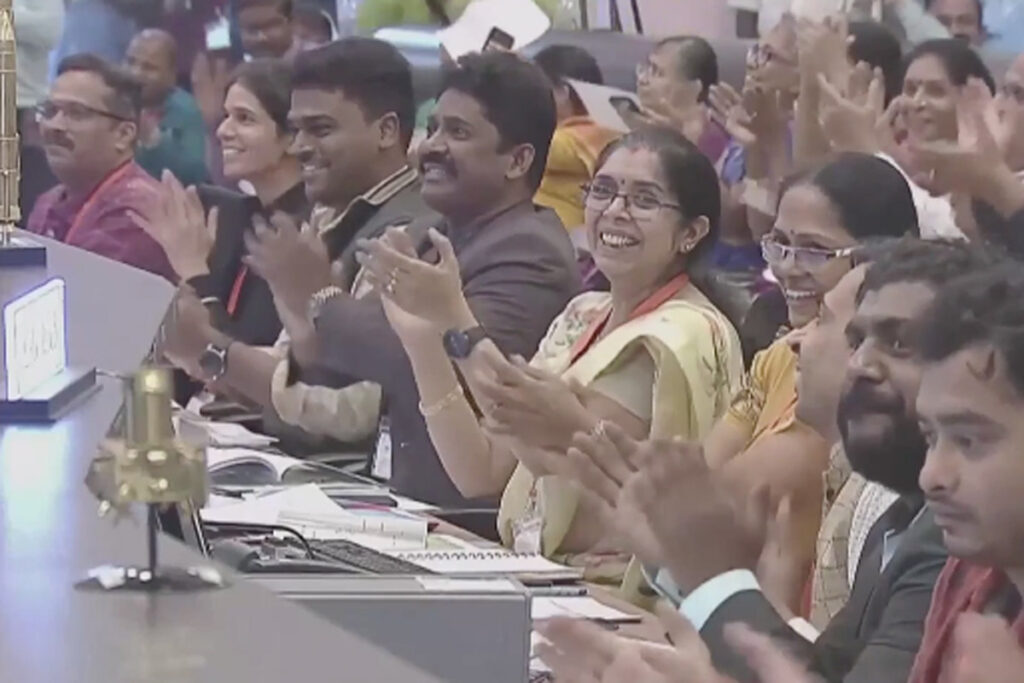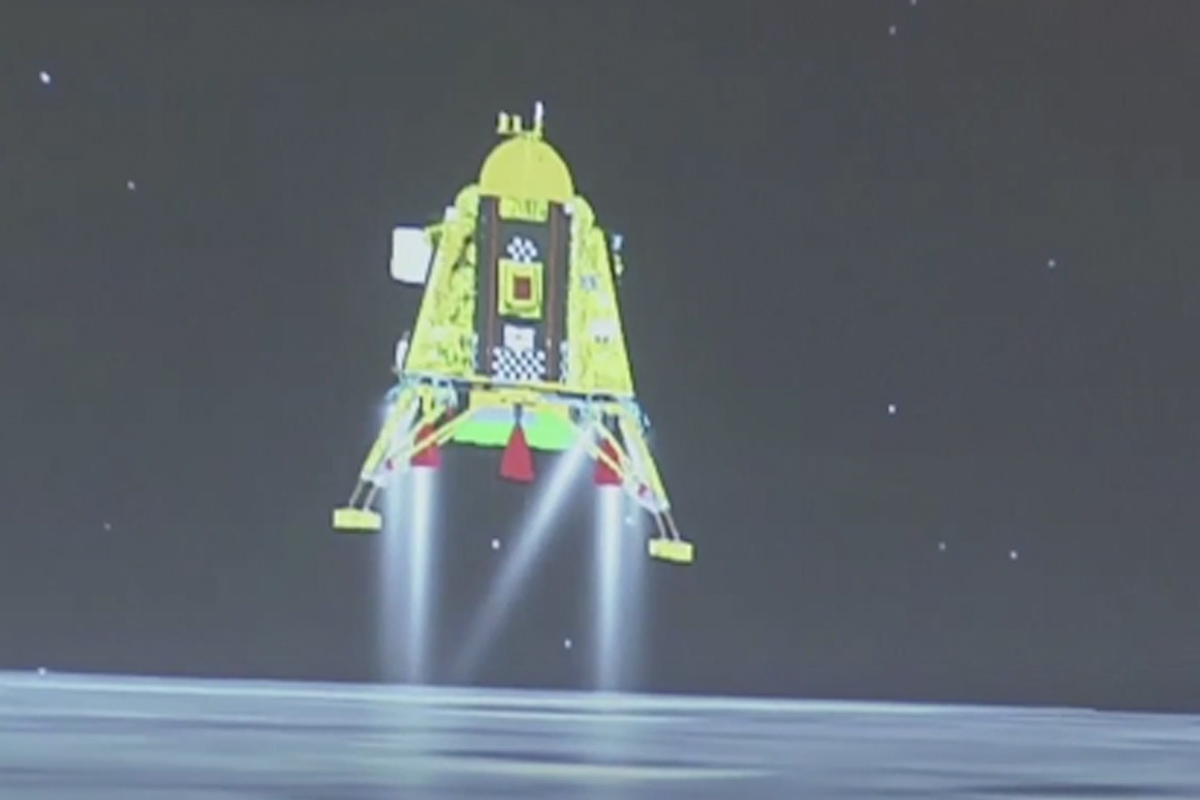India’s historic lunar landing – A first for the Commonwealth
August 26by Sameer Misra
In a truly remarkable achievement that has captured the attention of the Commonwealth and the world, India has etched its name in history by becoming the first country to successfully land a spacecraft near the moon’s enigmatic south pole.
The awe-inspiring event unfolded on August 23, 2023, as India’s Chandrayaan-3 mission achieved an unprecedented feat, redefining the boundaries of lunar exploration.
The impact of India’s feat has rippled through the Commonwealth, forging a sense of shared pride and excitement among nations bound together by history, values, and aspirations.
“India has touched the moon,” declared Sreedhara Panicker Somanath, the eminent head of the Indian Space Research Organisation (ISRO), echoing the sentiments of Commonwealth citizens across the globe.

The success reverberates as a testament to the spirit of collaboration and innovation that thrives within the Commonwealth community with cricketer David Warner from Australia celebrating the event on his social media.
Beyond the confines of national achievement, India’s historic lunar landing underscores the nation’s ascendancy as a spacefaring powerhouse, resonating with its commitment to relentless exploration.
The Vikram lander’s graceful descent shortly after 6 pm local time stands as a monumental achievement and a catalyst for future advancements in space exploration.
Central to this achievement is India’s persistent pursuit of progress and its determination to explore the unexplored. With its successful lunar landing, India has unlocked the potential for scientific breakthroughs, given the moon’s southern region is believed to harbour untapped reservoirs of frozen water and precious elements. This trailblazing mission not only deepens our understanding of the moon’s geological history but also provides critical insights into our understanding of the solar system’s origins.
Dubbed “moon craft” in Sanskrit, the Chandrayaan-3 mission embarked on its odyssey from the Sriharikota launchpad on July 14. India harnessed its distinctive approach by orchestrating multiple orbits around Earth to gain velocity before setting course on a month-long lunar journey. This distinctive strategy underscores India’s commitment to innovation and pushing the boundaries of exploration.
Yet, India’s feat does not culminate with this singular success. The mission’s next phase is to release the Pragyan rover, named after the Sanskrit term for “wisdom.”
Tasked with exploring the moon’s surface for a fortnight, Pragyan will capture images, conduct experiments, and assess the presence of water ice—an invaluable resource that could potentially fuel future lunar ambitions.
In echoing celebration, Prime Minister Narendra Modi, watching from the BRICS summit in South Africa, hailed the achievement as “a triumph for new India.” The successful lunar landing seamlessly dovetails into India’s vision of technological prowess, enhancing its global stature and reinforcing its place among world leaders.
While India commands the spotlight, the entire Commonwealth rejoices in this remarkable achievement. India’s success becomes a beacon, inspiring other member nations to embark on their own ambitious quests, uniting the Commonwealth through shared dreams and aspirations.
As India’s historic lunar landing captures global imagination, it demonstrates the potent force of international collaboration and the boundless extent of human achievement.






